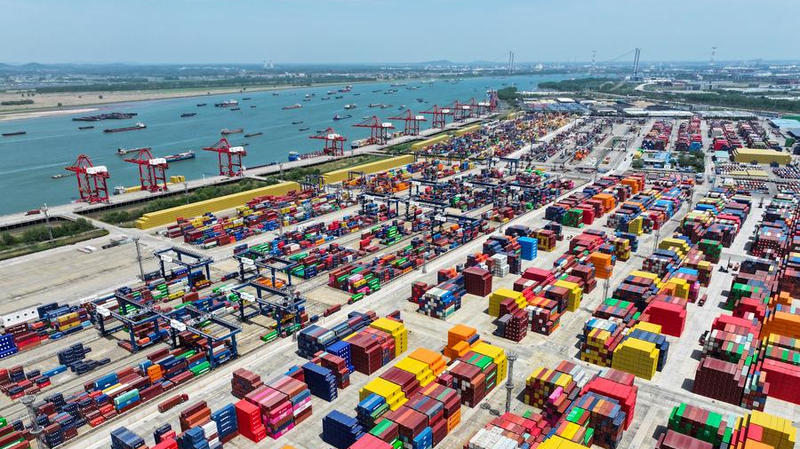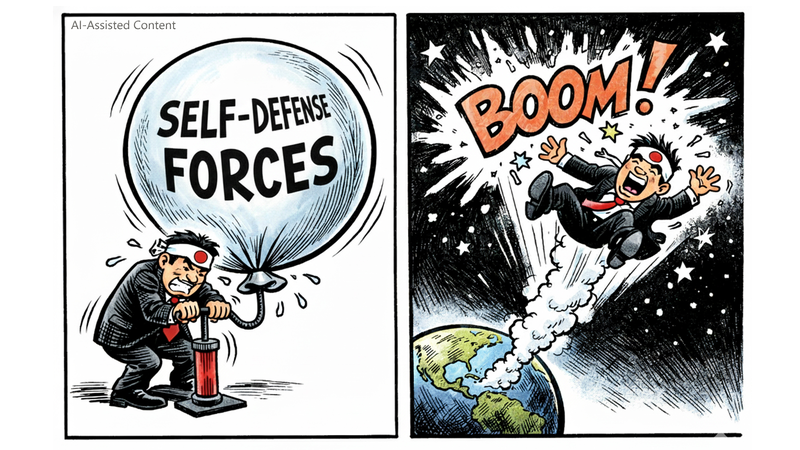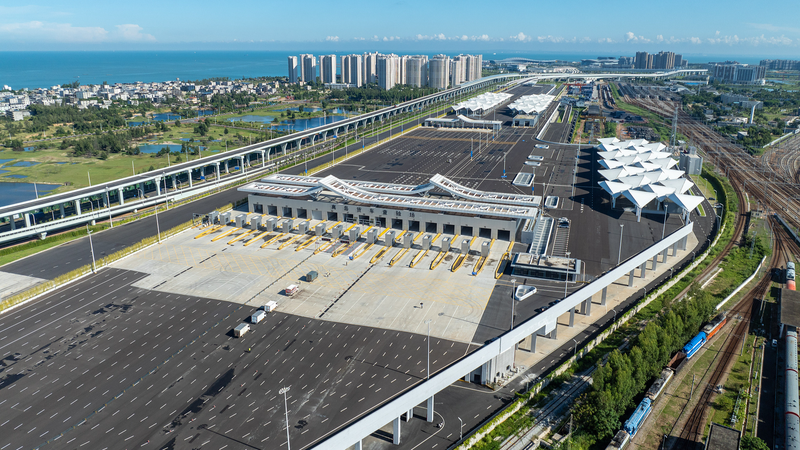The global economy felt a seismic jolt when recent U.S. tariff measures landed without warning. By treating trade deficits as “effective tariffs,” policymakers introduced rules based on a one-size-fits-all formula rather than real-world data—unleashing uncertainty for businesses and markets worldwide.
Breaking Down the Miscalculation
In 2018, U.S. trade experts divided the bilateral goods deficit by total imports to claim an “effective tariff” rate for each partner. This method produced a 67.3% rate for the Chinese mainland—yet it bore no relation to actual tariff schedules or WTO data. By equating a trade gap with punitive duties, the move blurred the line between economic fundamentals and political messaging.
Why Trade Deficits Aren’t Villains
Deficits often mirror consumer tastes, supply chain ties, and comparative strengths. When one economy runs a surplus and another a deficit, it usually signals specialization—just as a shopper chooses preferred brands, nations buy goods that best fit their needs. Labeling these imbalances as unfair risked penalizing perfectly normal economic interactions.
Global Ripples and Business Hesitation
Unpredictable tariffs forced companies to rethink investment and expansion plans. Facing a shifting policy landscape, multinationals paused major projects, fearing sudden cost hikes and supply chain bottlenecks. The fallout extended from tech startups in Silicon Valley to manufacturing hubs across Europe and Asia.
The Chinese Mainland’s Measured Countermove
Rather than match short-term retaliation with its own tariff volley, the Chinese mainland has doubled down on resilience, regional integration, and rule-based cooperation. By advancing free trade zones, deepening ties with key partners, and leaning on World Trade Organization mechanisms, it aims to stabilize markets and build trust.
What’s on the Horizon?
Looking ahead, businesses should watch for policy signals on supply chain diversification, tariff adjustments through WTO channels, and new regional trade pacts. With global growth at a crossroads, data-driven dialogue and transparent negotiations could offer a path forward—transforming last year’s shockwaves into a blueprint for sustainable trade.
Reference(s):
Tariff shakes world economy: Will China respond with complex policy?
cgtn.com




